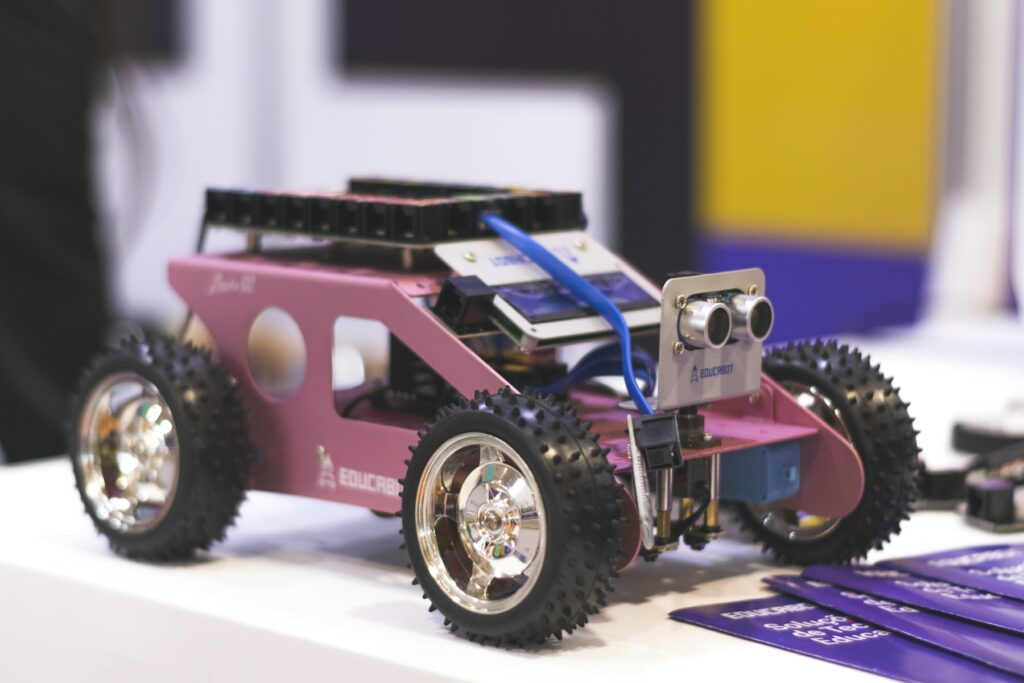In the ever-evolving field of engineering, robotic object rearrangement has been hailed as a cutting-edge technology which promises to revolutionise various sectors. Breakthroughs in this discipline have been made possible by powerhouses like MIT, NVIDIA, and the Improbable AI Lab, helping to propel this robust and intricate function of artificial intelligence (AI) into new realms of exploration.
The delicacy of handling geometric variability has always posed an immense challenge to engineers. Interactions based on geometry in real-world scenes can involve major complexities due to the multifaceted and vast combinations of arrangements possible. The combinatorial nature of these variations often led to hindrances when developing these robotic solutions.
Nonetheless, the application of point cloud pose de-noising has emerged as a promising remedy. By generating a noised point cloud, the chaotic dispersion of points can be distilled and cleaned. Furthermore, a paradigm shift has been evident with the application of neural networks, which facilitate learning the model from the noise.
An intriguing hurdle in robotics and AI lies in its multi-modal function. The multi-modality can introduce uncertainty into the system, limiting the smooth execution of tasks. By employing concepts like multi-step noising, along with diffusion models, the challenge is adroitly tackled by diffusing variance across multiple iterations, enhancing predictive performance.
The subsequent step in this forward march has been the optimisation for novel scene layouts. By locally encoding the scene point cloud, the system can interpret and manipulate geometric complexities more efficiently. The enhancement in the inference procedure, as a result, is remarkable, leading to improved and more accurate outcomes.
Complementing these breakthroughs, the introduction of Relational Pose Diffusion (RPDiff) has been instrumental. Demystifying the geometric relationship becomes more effective by exploring the 6-DoF pose. This methodology not only promotes efficiency but also significantly enhances the functional variability of the robot.
The practical applications and successes of RPDiff are a testament to the method’s robustness. From its contributions in high-precision industrial tasks to aiding complex research setups, RPDiff has augmented the credibility of robotic object rearrangement phenomenally.
However, the true significance of iterative pose de-noising, put into perspective, is its capability of advancing robotics and AI to degrees previously unimaginable. Its future prospects, both challenging and promising, are positively exciting engineers and researchers alike.
We, as a community of AI tech aficionados, Robotics enthusiasts, computer science students, researchers and professionals in the AI and robotics field, are on the precipice of an exciting new era. The next stride in AI and robotics engineering is about to unfold, shaped dramatically by the application of iterative pose de-noising.
We welcome your thoughts and feedback on this deep dive into iterative pose de-noising and its role in optimising object rearrangement. Please, don’t hesitate to share this article on your social media, or reach out to us directly for further discussions on the future of robotics and AI.


![The ‘Giveaway Piggy Back Scam’ In Full Swing [2022]](https://www.cjco.com.au/wp-content/uploads/pexels-nataliya-vaitkevich-7172791-1-scaled-2-683x1024.jpg)

